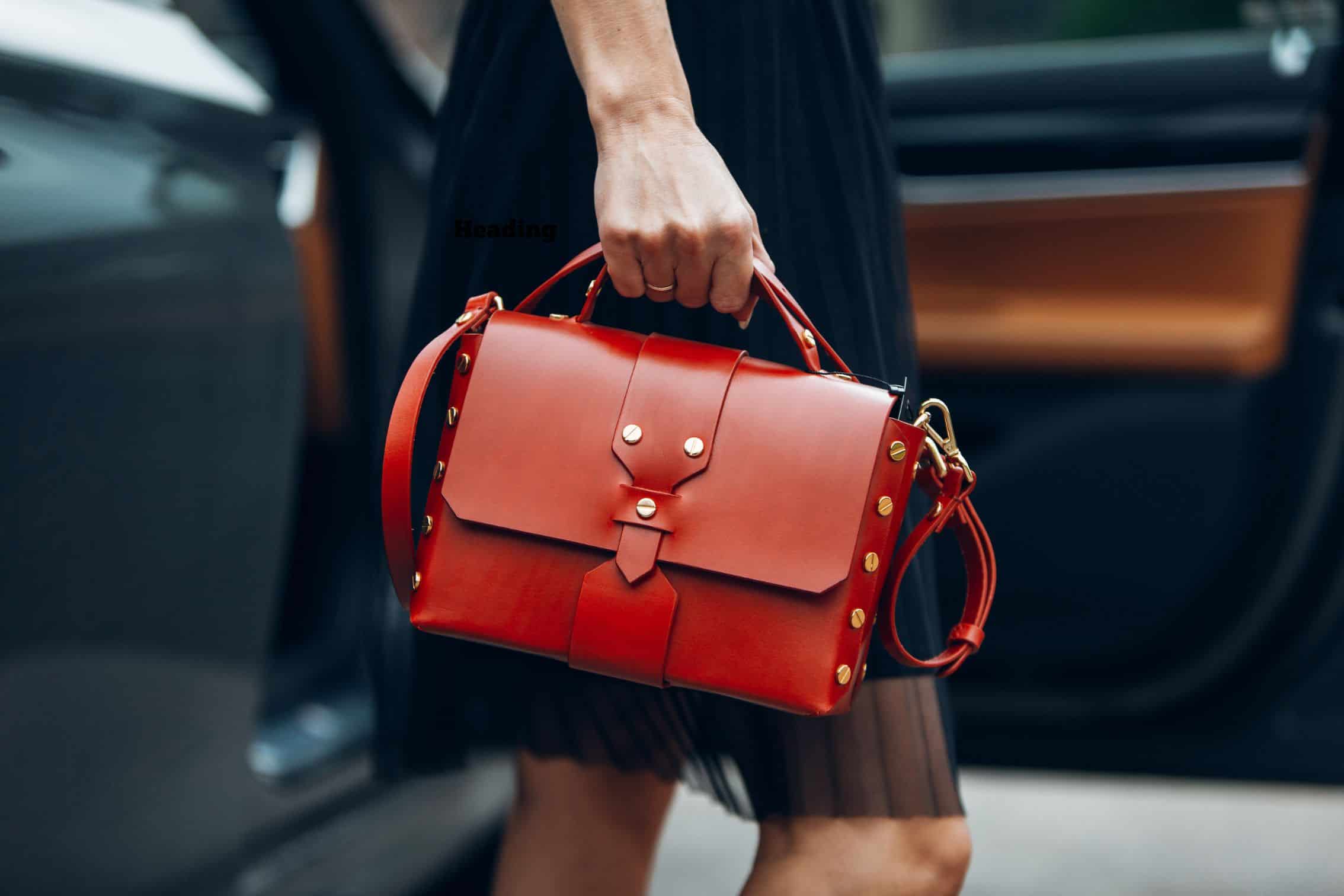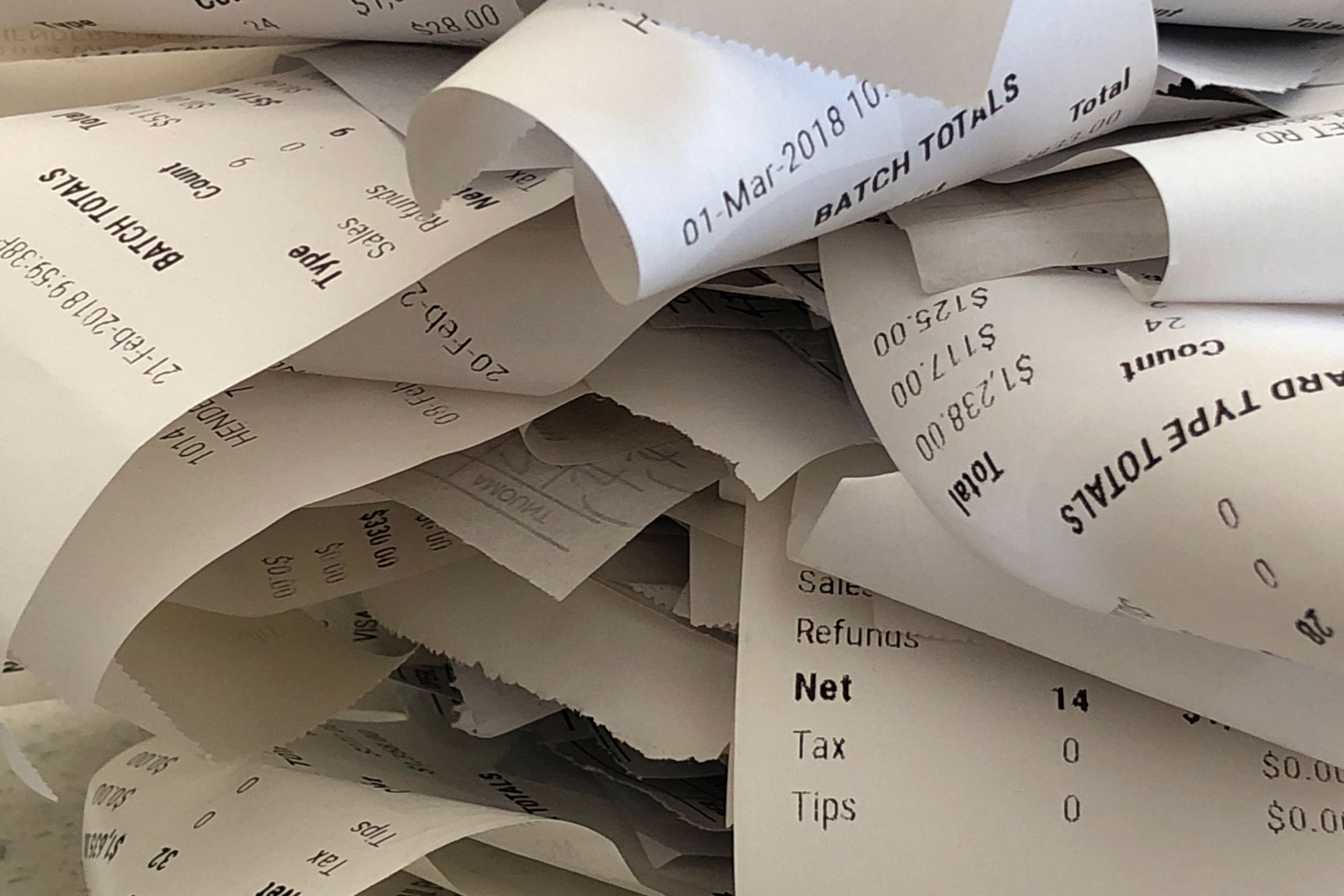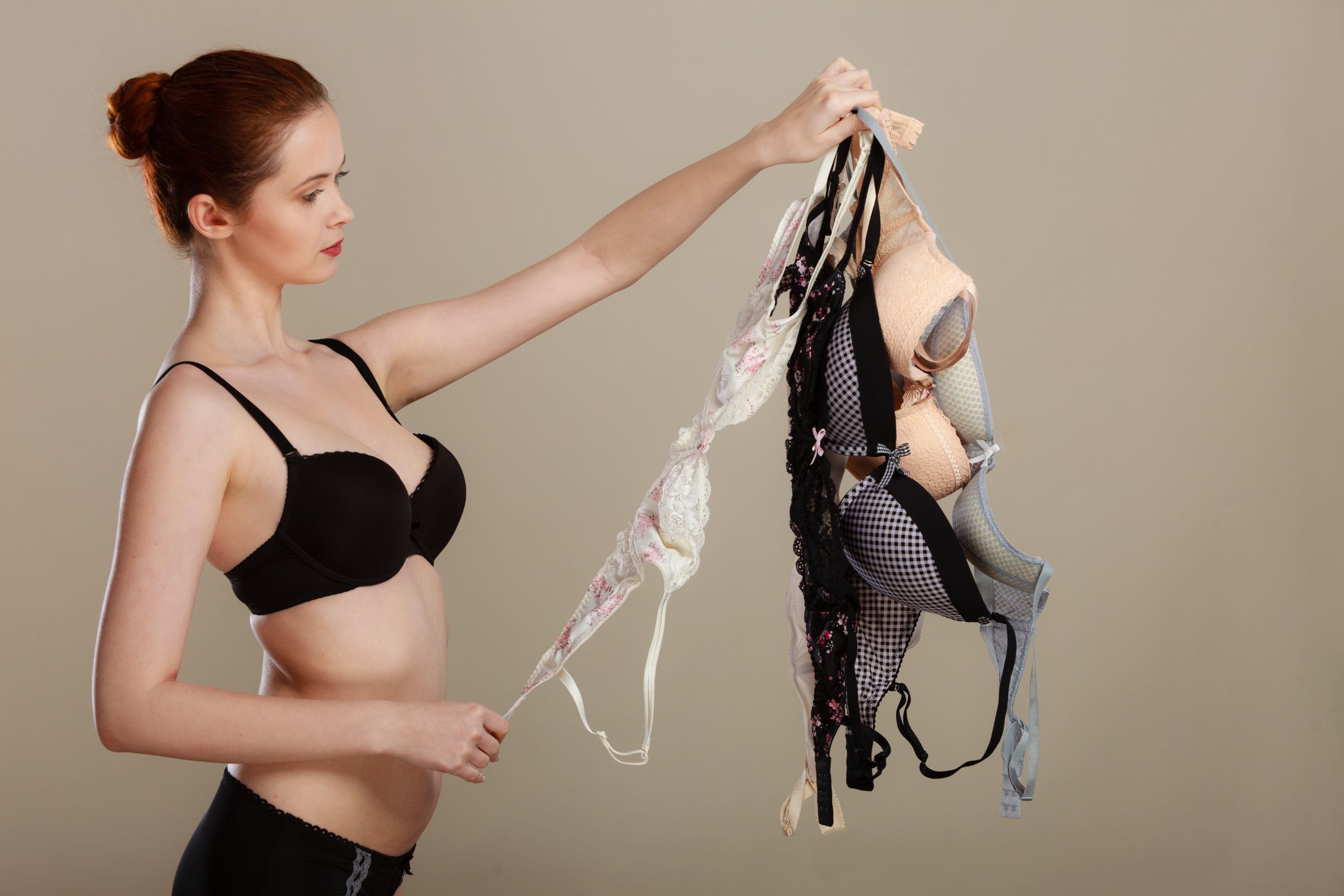Sip Sustainably
– Why Reusable Coffee Cups Are Worth It
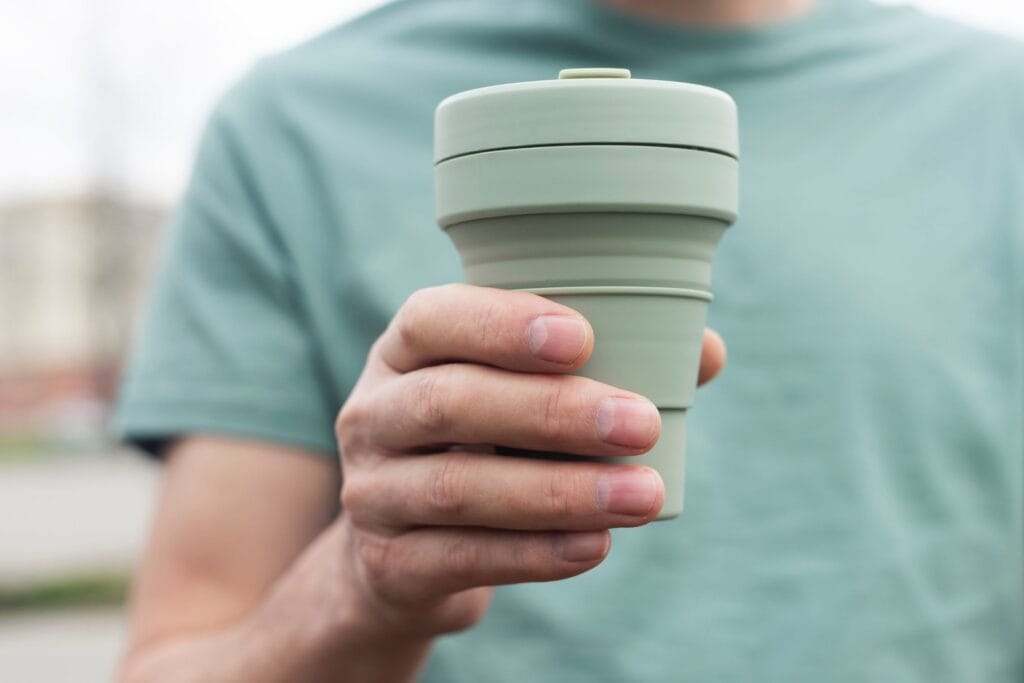
This post was last updated in 2023
Hey there, lovely readers!
Today, I’m diving into the world of reusable coffee cups, those eco-friendly companions that were all the rage once upon a time but have since quietly ebbed away. almost forgotten.
What do I mean? What exactly has changed? Does it mean reusable coffee cups are no longer worth it?
In this blog post, I’ll get into why people like resuable coffee cups, some reasons why people don’t like using them and how to overcome the issues people often bring up. Ultimately I’ll explain why reusable coffee cups are worth it, despite strong opposition to them in recent times.
Specific topics covered in this blog post include:
Click to the section that interests you.
If you are after a review of reusable coffee cups available in Australia, check out this blog post.
Why Do People Use Reusable Coffee Cups?
People like to use reusable coffee cups because they combat the waste problem associated with disposable cups, help minimise the resources required to manufacture multiple single-use cups and lead to water and energy savings as a result – multiple life cycle studies have shown this to be the case.
Everyone has different reasons for using a reusable cup but here are some common reasons people mention:
1. Waste Reduction
This is arguably the most significant motivator behind the adoption of reusable coffee cups.
Disposable coffee cups are usually lined with plastic to prevent them from leaking. As a result, they contribute to the ever-mounting problem of plastic waste.
This waste can take hundreds of years to break down, posing a serious threat to the environment.
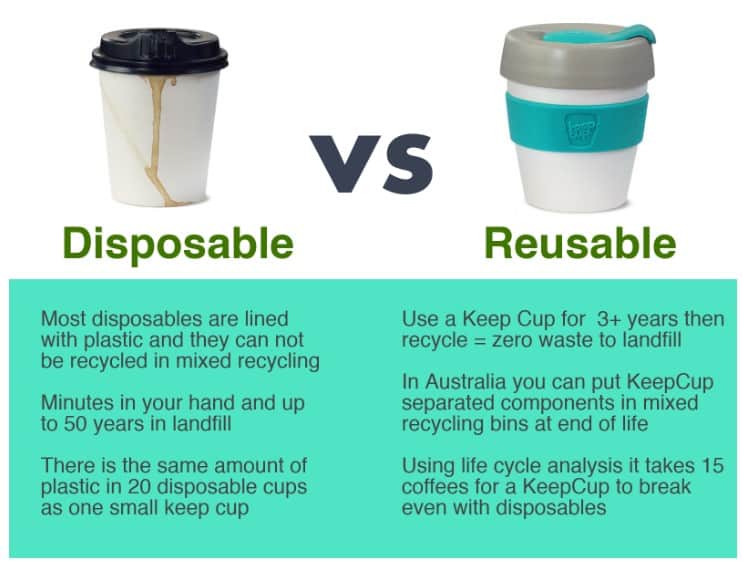
Source: Graphic from https://www.monash.edu/campus-sustainability/get-involved/ditch-disposables using data from keecup.com.au
Recycling used to be an issue for disposable coffee cups but that is no longer the case, as proven by Simply Cups in Australia.
However, even though recycling is possible, it is still a resource-intensive process and not the ideal solution for those wanting a waste-free takeaway coffee.
Bio cups have also entered the market. These cups are compostable in industrial conditions. However, it is still a single-use product, discarded after one use. There currently is no collection service or facility that can compost these cups, so they all end up in landfill.
By using a reusable cup, you avoid all of these problems. It’s the best way to take a stand against single-use plastics and help reduce waste and pollution.
2. Conservation of Resources
Manufacturing single-use cups consumes a substantial number of resources, including water, energy, and raw materials. The majority of the source material is paper, while the plastic lining forms the second most substantial part of a disposable cup.
Add to that lids (plastic) and sleeves (often paper) – all of this takes resources to produce.
To understand the impacts of this, check out this calculator I found on the Keep Cup website: https://au.keepcup.com/impact-calculator
Based on data from a life cycle analysis on disposable cups vs. Keep Cups, the calculator can tell you how much carbon dioxide, plastic, energy and timber you save by using a reusable coffee cup.
Here are the results based on my usage levels:
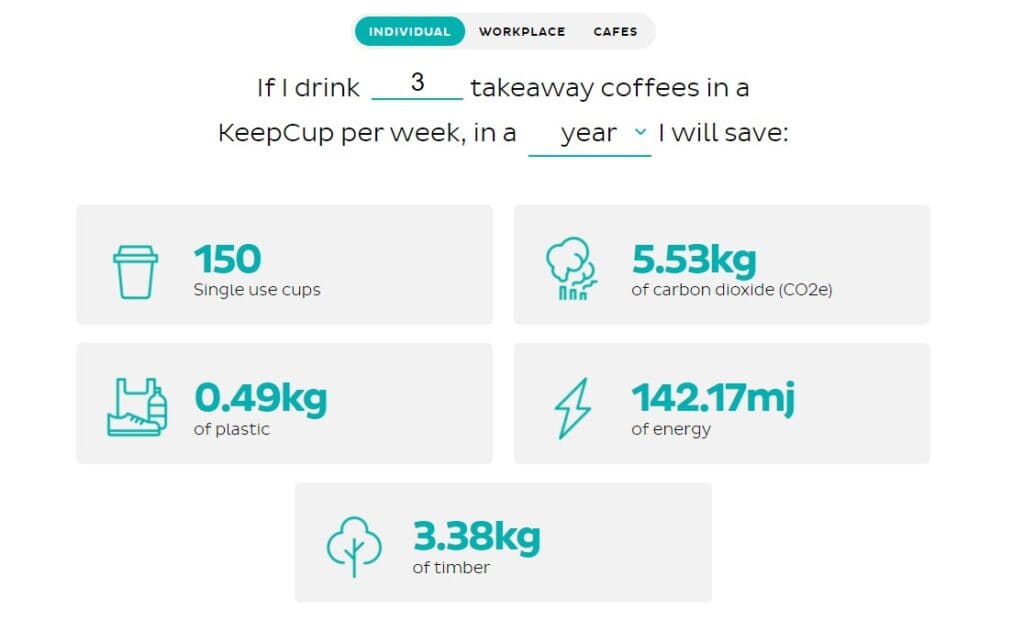
Surprisingly there are several scientific studies focused on the environmental impacts of coffee cups. A full list of studies on this topic can be found at the end of this blog postw.
These studies rely on conducting a life cycle analysis, comparing paper coffee cups to reusable cups (mainly ceramic cups).
All studies have found that provided cups are used often enough and are washed efficiently (minimising the use of hot water and soap), reusable cups are better for the environment compared to single-use coffee cups.
This quote from one of these studies summarises the worldwide implications of choosing reusable coffee cups:
Considering that, worldwide, approximately 500 billion disposable cups are handed out annually (White et al., 2019), it becomes clear just how far-reaching this issue potentially is, as “switching to reusable cups could achieve up to a threefold reduction in carbon emissions” (Foteinis, 2020).
By opting for a reusable cup, you contribute towards resource conservation and reduced energy consumption. It’s a small but impactful step that adds up as more and more people adopt it.
3. Cost-Effective
While there is an initial cost associated with purchasing a reusable coffee cup, they prove to be cost-effective in the long run.
Some coffee shops offer discounts to customers who bring their cups, which can add up over time.
My local offers a 20 c discount if you use your own cup. While it doesn’t sound like much, based on how many coffees I order it adds up to a saving of $30 per year.
This effectively pays off the purchase of my coffee cup.
Admittedly not all cafes offer discounts but if you find one that does, reward them with your business – you will find your reusable cup will pay for itself!
4. Coffee Temperature Control
Disposable paper cups offer very little in terms of temperature control. And if your life is anything like mine (constant interruptions, never able to finish your coffee in one go) then temperature control matters.
If you go for stainless steel or ceramic coffee cups, these are designed with excellent insulation, helping to keep your coffee hot for longer. And even glass and plastic cups are a better option when compared to paper cups.
So, say goodbye to the frustration of lukewarm coffees. Get a reusable cup!
5. Aesthetic Appeal

Beyond the environmental benefits, reusable coffee cups offer a canvas for personal expression.
With a wide range of colours, designs, and customisable options, you can express your unique style while sipping on your favourite brew.
It’s a small daily indulgence that adds a touch of joy to your coffee routine ☺️
6. Versatility
Reusable cups aren’t just for coffee; they work equally well for tea, smoothies, and other beverages.
I love stainless steel cups for that purpose – they can be used to keep my coffee hot and later to keep cold drinks super cold. Granted there’s a coffee aftertaste that I haven’t yet learnt how to get rid of – but it doesn’t bother me.
7. Advocacy for Sustainability
Using a reusable coffee cup sends a powerful message to your friends, family and fellow coffee shop-goers.
It’s not about virtue signally (more on that in the next section) – we are all coming from a real genuine place of wanting to do the best thing for the environment.
You can end up having an influence whether you intend to or not. The repeated act of bringing your cup to your local café could help raise awareness about the importance of sustainability, inspiring others to make eco-friendly choices as well.
Why Reusable Coffee Cups Have Fallen Out of Favour
Once heralded as a symbol of environmental responsibility, in recent years the use of reusable coffee cups has faced some criticism, or at least some resistance.
This shift in perception can be attributed to a few factors but most notably a cultural shift in the sustainability community and the impacts of the COVID-19 pandemic.
1. Cultural Shift
Some will argue that the focus on reusable coffee cups is misplaced, suggesting that it’s a symbolic gesture rather than a solution to more pressing environmental issues.
This viewpoint claims that such acts are a way for people to signal their virtue and environmental consciousness without addressing the root causes of environmental challenges.
This was (in a sense) the point being made in this YouTube video from Sustainably Vegan (timestamp 9:33):
Although she’s not arguing against the use of reusable coffee cups, it was suggested that its fall in popularity can be attributed to the fact that its use was largely seen as virtue signally and people have moved on from that. At least that is the shift that has occurred in the sustainability influencer world.
Sustainability is no longer about what you can buy to be more sustainable – it’s about the broader systemic changes that need to be made to address issues like climate change.
It’s a valid point and the observations are spot on, however, it does not mean reusable coffee cups have no place in our daily lives.
And I refuse to see anyone who embraces the use of a reusable coffee cup as someone who is virtue signally.
While it’s absolutely necessary for actions to be taken at a much more holistic, global and political scale, I don’t work at that level. I am merely focused on what it is that I can do in my own life and the daily decisions that I make.
I am all about doing small things and to me, these small conscious actions matter. Ultimately it is these actions that can chip away at changing entire markets.
2. COVID impacts
The COVID-19 pandemic introduced significant shifts in the use of reusable coffee cups.
Hygiene concerns temporarily led to the suspension of refilling customer-owned cups, prompting many to revert to single-use alternatives in the name of safety.
According to this report on The Project, this contributed to the decline in reusable cup usage:
Single-use plastics saw a resurgence as they were deemed more sanitary during the pandemic’s peak.
Nonetheless, as the world adjusts to the post-pandemic normal, the reasons to ditch the reusable coffee cup have weakened.
And to be honest, the safety concerns were largely unfounded to begin with (read this blog post from Sarah Wilson). So, this excuse no longer holds.
What Are the Disadvantages of Reusable Cups?
Putting aside the issues noted above, here I’ve listed some of the more common issues people bring up when it comes to reusable cups, along with ways I have overcome these difficulties in my life:
1. Reusable coffee cups have a higher upfront cost
Compared to their disposable counterparts which cost us nothing, reusable cups come with an upfront cost.
And it’s a shame because those disposable coffee cups should come at a price – it requires resources, water and energy to produce a single disposable cup and that comes at a cost.
Unfortunately, that cost is not always separated from the price of a takeaway coffee therefore users of reusable coffee cups do not get the benefit of the cost savings that come from avoiding disposable products.
My solution is to find those rare unicorn cafes that do offer a discount for users of reusable coffee cups.

As I noted previously, these discounts may seem like nothing but over time they add up. In next to no time, your reusable cup ends up paying for itself.
And if you can’t find a cafe that offers discounts, it comes down to your values – per use, the resuable coffee cup does not cost much. A couple of cents each time.
Are you willing to pay those couple of cents to reduce the waste, resource use and energy consumption associated with disposable cups?
2. Reusable cups require cleaning and maintenance
You do need to clean your cup after each use. This includes washing, drying, and possibly disassembling parts of the cup, like lids and seals.
Some people might find this routine cumbersome.
But like anything, once it becomes a habit it’s not an issue.
All cups I own are dishwasher safe so they just get thrown into the dishwasher with the rest of the dishes. Nothing could be easier.
Note: A lot of the life cycle studies done on reusable coffee cups note that the use of older diswashers or using hot water can increase the environmental impact of your resuable coffee cup – so rinse between uses when you can and avoid hot water washes, if this is of concern to you.
3. Many reusable cups are bulkier and heavier than single-use cups
This added weight and size might not be convenient for individuals with on-the-go lifestyles or limited bag space.
However, some brands offer compact and lightweight designs to address this issue.
I like silicone cups for that reason. While they aren’t everyone’s cup of tea (sorry wrong pun!) I need to have something lightweight and easy to carry. Silicone cups fulfil that brief.
And I have opted for a collapsible cup – takes up very little space in my handbag.
4. Some reusable cups can be fragile and break easily
Some – not all – need to be treated with care.
Glass, for instance, can break easily if dropped.
Ceramics are a little stronger but still hold the risk of cracking if you tend to drop things.
While stainless steel cups can dent if hit with some force.
If you’re prone to accidents or have a hectic daily routine, you might worry about the durability of your cup.
But there are other options available if this is an issue for you.
Try plastic or silicone cups – this is what I have opted for because I’m a massive clutz!
5. Not all reusable cups are compatible with every coffee shop or beverage machine
Some cups may not fit beneath coffee dispensers, leading to inconvenience or spillage.
I find this is only an issue if you are trying to use a cup that was not purpose-built for coffee. For example, if you try to use a thermos cup – if it’s not the right height or width, your barista won’t be able to use it.
Make sure you read reviews of the cup you are about to buy (I will be doing one shortly which I will link here once it is up) and ensure the review has covered this important point.
6. There is a risk you might forget your reusable cup
It’s easy to forget your reusable cup at home, especially during the morning rush.
And forgetting your cup means you might end up using a disposable one, which can be disheartening if you’re committed to reducing waste.
But don’t be disheartened! That’s just life and life happens.
Like any new habit, it takes time to form. And even with well-established habits, life sometimes gets in the way, you desperately need that coffee and you end up with a disposable cup on your hands.
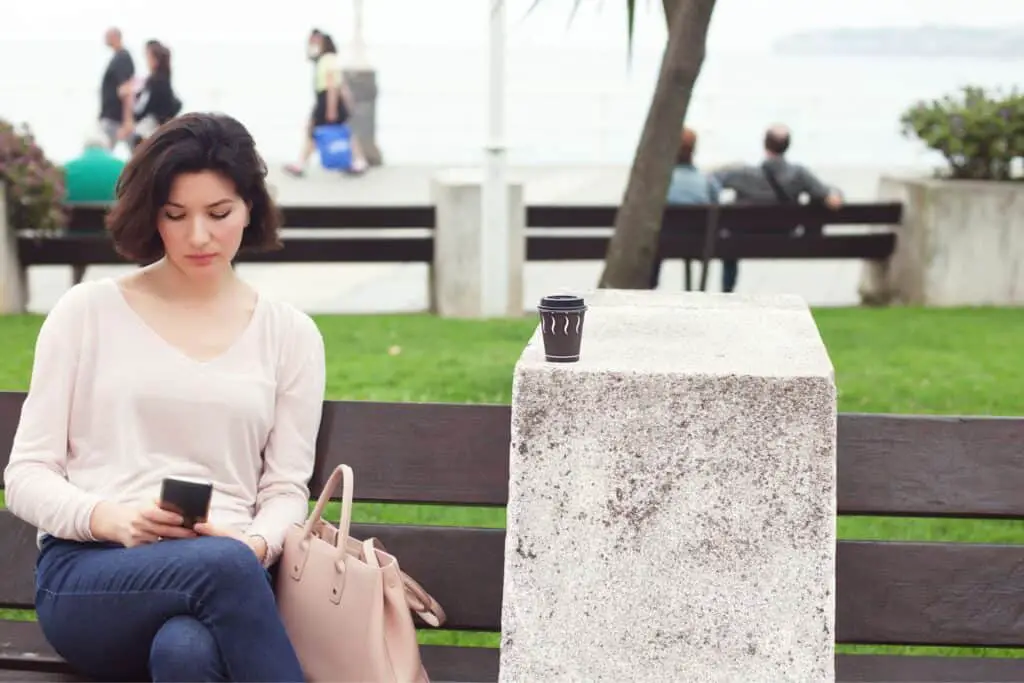
ITS OKAY.
It’s not a big deal if you have forgotten your cup and you end up buying a coffee in a disposable cup.
You’ll remember next time 💖
7. There is a risk you might lose your reusable cup
Like all things, reusable cups can be misplaced, lost, or accidentally left behind. The frustration of losing your favourite cup is a real concern for many.
I am so forgetful and known as the “leaver” – I leave things all over the place.
Yet, I have never lost a reusable coffee cup.
I think it’s because it’s not all that small – it’s a fairly noticeable item. And when I am using it, it stays within sight i.e. in my hand at all times.
So I wouldn’t put too much into this concern.
8. The reliance on plastic goes against sustainability
The rise of the plastic-free movement has led to a broader discussion on plastic consumption. In this context some question the effectiveness of using reusable cups, as they still contain plastic components.
But not all reusable coffee cups are made from plastic – you can get cups made from stainless steel and these use very little plastic. There are other options like ceramic and glass, that use minimal amounts of plastic in the overall product.
For myself, I am not an absolutist when it comes to eco-living and sustainability – I do the best I can given a set of circumstances and given my personal preferences. If a product with plastic is the best reusable alternative, I will go for this over disposable products any day.
Reusable items pay off in terms of reducing the impact on the environment – even if they do contain plastic. One plastic coffee cup is a whole lot less than the 1,500 plastic lined disposal cups that I would go through in a 10 year period!
9. Complexity of Recycling
Recycling facilities often struggle to process certain materials used in reusable cups, such as mixed materials or composite plastics. This complexity can lead to scepticism about how truly “green” these cups are in practice.
But manufacturers of reusable coffee cups are becoming more conscious in their design and material usage and there are several options available that can be recycled. Again, any good review of reusable coffee cups should take this into account.
Once I have my own review up, I’ll make sure I will link it here so you are directed towards suitable options.
It’s essential to consider your personal preferences, lifestyle, and commitment to sustainability when deciding if reusable cups are the right choice for you.
I have found that with the right product and developing the habit over time, the switch to reusable cups is an easy and rewarding eco-conscious choice (for a list of high quality products avaiable in Australia, check out this blog post).
So, go ahead, take that step if you haven’t already because it is through these conscious actions we can collectively work towards a more sustainable future 🌎
xxx Tahsin
FAQs
Are Reusable Coffee Cups Worth It?
Absolutely! The advantages of reusable cups significantly outweigh the disadvantages. Using something once and throwing it into landfill, multiplying over a lifetime has a significant impact on the environment. While reusing a cup multiple times, leads to less resources, water and energy consumption.
Are Single-Use or Reusable Cups Better?
Without a doubt, reusable cups are the superior choice. Single-use cups are convenient but come with an environmental cost. By opting for a reusable cup, you’re reducing waste and conserving resources. Plus they’re great at keeping your coffee warn and you can save a bit of money in the long run.
Single-use cups are incredibly convenient. You grab your coffee, enjoy it, and dispose of the cup without any worries about cleaning or maintenance.
Unfortunately, the convenience of single-use cups comes at an enormous environmental cost. They contribute to the plastic waste crisis, and their production consumes valuable resources like trees, fossil fuels, water and energy. Most single-use cups are not easily recyclable due to their plastic lining, leading to even more waste.
Reusable cups are the clear winner in terms of environmental benefits. They significantly reduce waste and the demand for new cups. Even though they have an initial environmental footprint related to their manufacturing, they quickly offset this through multiple uses.
While reusable cups have a higher initial cost, they pay for themselves over time due to the discounts many coffee shops offer when you bring your cup. This makes them a more economical choice in the long run.
And reusable cups allow for personalization and a unique style statement, enhancing your daily coffee ritual.
References:
Joana Almeida (2020) Life cycle assessment of the Thermal KeepCup, Edge Environment

